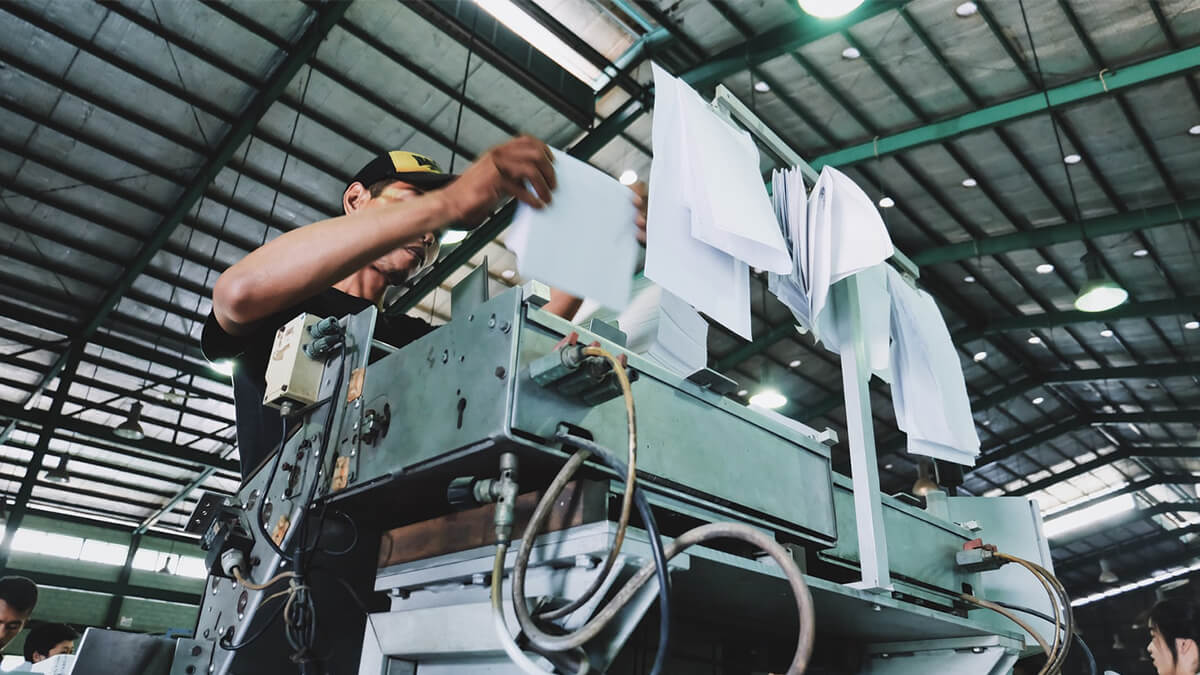Hydraulic presses find applications in compaction, assembly, pressing, forming, embossing, and stretching. They play a crucial role in compaction within the cosmetics sector, assembly in the automotive industry, molding of electronic products, and stamping in the home appliance industry.
Comprehensive Guide to Hydraulic Presses: Types, Functions, and Considerations for Purchase
Introduction:
A hydraulic press harnesses the power of hydraulic cylinders to generate pressure for various applications. This blog post aims to provide an in-depth understanding of how hydraulic presses function and introduces the offerings available from XRF Scientific.
Working Principles:
Hydraulic presses operate based on Pascal's law, distributing pressure uniformly within a closed fluid system. A piston serves as a pump, applying moderate mechanical force to a small sample area, while a larger piston generates more significant mechanical force.
Purchasing A Hydraulic Press
Common Types of Hydraulic Presses:
Various customized hydraulic presses cater to specific industry needs. Understanding the distinct functions and applications of C-frame, 4-column, straight edge, and horizontal presses is crucial before making a purchase decision.
Considerations for Purchase:
Selecting the right hydraulic press involves evaluating factors such as frame construction durability, tonnage capacity, tool size, loading type, and intended applications. Key considerations include the necessity for horizontal or uneven-center loading and the availability of specialized features like nitrogen springs.
Points to Address When Purchasing:
Considerations extend to specific applications, including the need for mats or fixtures in drawing processes, the resilience of hydraulic presses equipped with nitrogen springs, and the availability of hydraulic machine parts to minimize downtime.
Importance of Local Service:
Service availability, particularly the presence of local technicians, plays a pivotal role in simplifying setup, training operators, and addressing potential issues. This ensures minimal downtime and contributes to overall productivity and profitability.
Automation Considerations:
For processes involving automation, special attention must be given to system functions and product movement within the hydraulic press.
Warranty and After-Sales Services:
Understanding warranty terms and after-sales services is crucial when purchasing fixed equipment. Inquiring about the types of services and repairs provided by the sales company ensures a smooth and reliable operation.
Benefits of Customized Hydraulic Presses
Customized hydraulic presses offer advantages over other metal forming methods, such as mechanical presses. These include consistent pressure, adjustable stroke lengths, a free-fall system for increased production speed, and cost-effectiveness in refurbishing.
Conclusion
The versatility and customization options of hydraulic presses make them indispensable in various industries, ranging from automotive and medical to aerospace and household appliances. This comprehensive guide aims to assist individuals in making informed decisions when selecting hydraulic presses for their specific applications.








.png)





